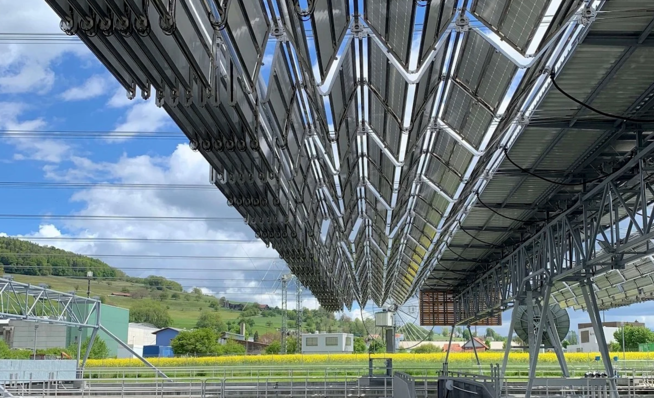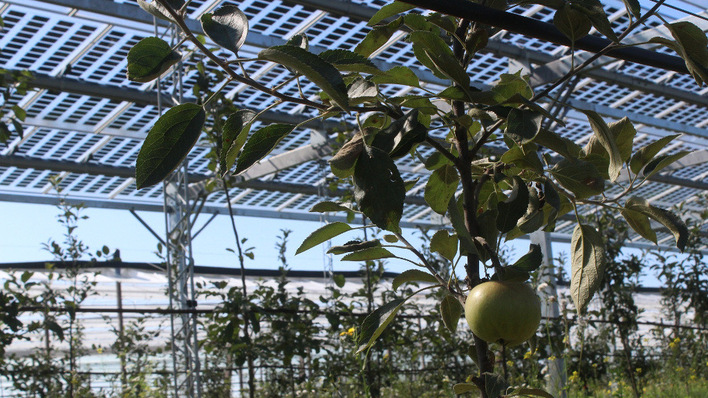At this year’s Agritechnica, the energy transition in agriculture again stood out as one of the defining themes for visitors. Alongside the extensive agricultural machinery displays, providers of solar systems and project developers were present to showcase solutions for agri‑PV and the solarisation of farms. Even during the first two days, exhibitors reported numerous in‑depth discussions with interested farmers.
The focus was primarily on the dual use of arable and grassland for both food and solar power production. Farmers showed interest not only in large‑scale projects but also in smaller, on‑farm systems. In Germany, these installations often benefit from a privileged legal status under building regulations, enabling farmers to use less productive land more efficiently. Another advantage: systems of up to one megawatt on no more than 2.5 hectares offer realistic investment opportunities for farmers themselves.
Many came with concrete project plan
Larger projects, by contrast, usually require collaboration with a project developer. While farmers are often involved as partners, the foundation is typically a land lease, with the solar company handling construction and operation. Enquiries ranged from projects already in planning to early‑stage concepts still being shaped. Many visitors were notably well‑informed, and discussions increasingly focused on detailed technical aspects rather than introductory explanations of agri‑PV.
Solar solutions for farmers – tech and regulations in focus
Still, a degree of uncertainty remains – particularly regarding smaller, on‑farm systems. Are these installations truly economical? This question repeatedly surfaced among farmers and solar providers alike. Agri‑PV systems differ markedly from conventional solar parks: investment costs are higher, while solar yield per hectare is lower. The reason is clear – agricultural use remains central, with power generation designed to add an additional source of value.
Trackers and elevated mounting systems
From a technological perspective, tracking systems clearly outperformed vertically mounted installations. While they demand higher investment and greater operational input, the resulting yield gains generally offset these costs. Elevated structures also drew strong interest from farmers. In fruit, berry and wine cultivation, the effects of climate change are already particularly evident. High‑mounted systems not only provide shade from intense sunlight but, more importantly, offer protection against increasingly frequent extreme weather events.
How crop and row spacing affect agri-PV yields
This added agronomic benefit is one of the key prerequisites for agri‑PV in France. In Italy, regulations likewise stipulate that agri‑PV modules must be installed at least 2.10 metres above ground to qualify for dedicated support schemes. This effectively makes elevated systems the only viable option. Such designs also tend to simplify planning approval, even for larger installations.
Storage gaining momentum
Energy storage was another major focus of discussion. Although no dedicated storage manufacturers exhibited at Agritechnica, interest in the topic remained high. In most cases, solar project developers can also deliver integrated storage solutions. One key incentive is the “Solar Peak Cap” regulation, which suspends remuneration when exchange electricity prices turn negative. By storing surplus generation and releasing it once prices recover, battery systems can help prevent revenue losses.
Another key factor is the growing shift toward self‑consumption. Farmers were among the first to invest in photovoltaic systems, and many of those installations are now reaching – or soon approaching – the end of their subsidy periods. With storage capacity added, these systems can continue to operate beyond the funding term, enabling direct on‑site use of electricity to meet farms’ rising energy needs. (su)









